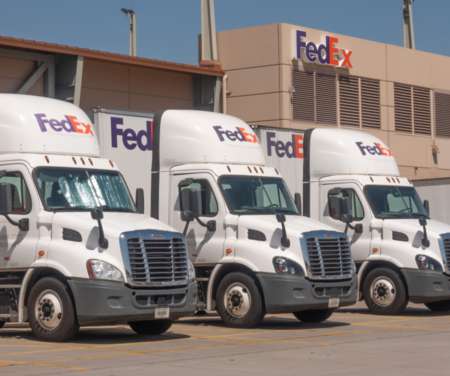How to Create a Truckload Strategy That Works in Any Market
Talking Logistics
JULY 5, 2018
Because in supply chains, surprises tend to mean wasted time and added expense. The key to a great truckload strategy is aligning capacity communities with attribute segments of your freight portfolio. Your first objective is to segment your freight by some primary attributes. Your best bet to avoid unexpected trouble?
















Let's personalize your content